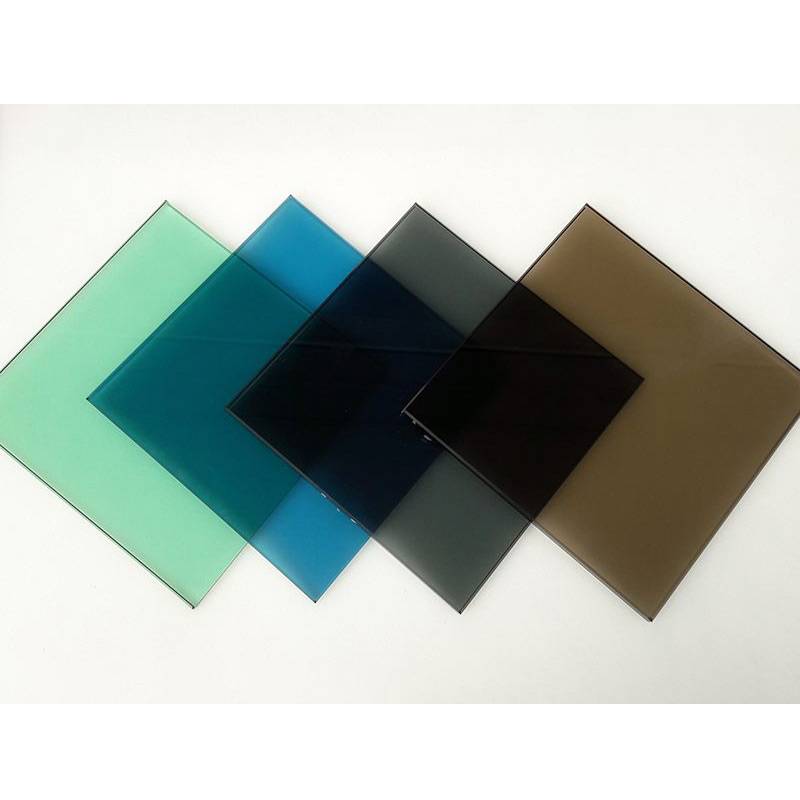

Exploring Double Silver Low-E Glass Benefits and Applications
In an era driven by technological advancements and increasing environmental awareness, building materials have evolved to not only serve functional purposes but also provide energy efficiency and comfort. One such innovative material that has gained prominence is double silver low-e glass. This advanced glazing solution has revolutionized the way buildings are constructed and renovated, enabling architects and designers to achieve a perfect balance between aesthetics and sustainability.
Understanding Low-E Glass
Low-E glass, or low emissivity glass, is a type of energy-efficient glass that has been treated with a microscopically thin, transparent coating that reflects heat while allowing light to pass through. The designation “double silver” refers to the application of two layers of silver within the glass coating, enhancing its ability to reflect infrared light. The result is a product that significantly reduces heat transfer, ultimately improving the thermal performance of buildings.
How It Works
The science behind double silver low-e glass lies in its ability to reflect radiant heat. Unlike traditional glass, which allows heat to easily escape, low-e glass helps maintain a stable indoor temperature. During colder months, the glass reflects the indoor heat back into the building, while in warmer months, it reflects the external heat away. This dual functionality ensures a comfortable living environment year-round and substantially reduces the need for heating and cooling, leading to lower energy bills.
Energy Efficiency and Environmental Impact
One of the most compelling reasons to choose double silver low-e glass is its energy efficiency. By using this type of glazing, buildings can achieve significant reductions in energy consumption. Research has shown that buildings equipped with low-e glass can save up to 30% to 50% more energy compared to those with standard glazing. This reduced energy requirement not only lowers operating costs but also decreases the building's carbon footprint, contributing to a more sustainable future.
Furthermore, as governments around the world tighten regulations on energy consumption and greenhouse gas emissions, using energy-efficient materials like double silver low-e glass has become an essential part of compliance. Many building codes now incentivize the integration of sustainable materials in construction, further promoting the adoption of low-e glass solutions.

Enhanced Comfort and Aesthetic Appeal
Beyond its energy-saving capabilities, double silver low-e glass offers enhanced comfort and aesthetic benefits. This glazing solution minimizes glare, which can be particularly beneficial in office buildings or homes with large windows. Moreover, it helps maintain a consistent indoor temperature, reducing the drafty feeling often experienced with standard windows.
Aesthetic appeal is another significant advantage. Double silver low-e glass allows for vast amounts of natural light, creating bright and inviting indoor spaces. Its high clarity and reduced tint make it an excellent choice for modern architectural designs, where large glass facades or expansive windows are often used to connect indoor and outdoor environments.
Applications in Modern Architecture
Double silver low-e glass is increasingly being utilized in various applications, from residential homes to commercial skyscrapers. In residential settings, homeowners are turning to this glass for its ability to provide ample natural light while keeping energy costs low. In commercial buildings, where large glass surfaces are prevalent, double silver low-e glass can contribute to LEED certification and other sustainability accolades, boosting the building's marketability.
Additionally, the technology is being adapted for use in specialized applications such as curtain walls, skylights, and multi-layered window systems, further extending its versatility.
Conclusion
As the world shifts towards more sustainable practices and energy-efficient solutions, double silver low-e glass stands out as a remarkable innovation in the construction and design industry. Its ability to enhance energy efficiency, reduce environmental impact, and improve aesthetic appeal makes it a top choice for architects and builders alike. Whether for a new construction project or a renovation, integrating double silver low-e glass can lead to substantial long-term savings while ensuring a comfortable and stylish space for occupants. Embracing this technology is not just a smart investment; it is a step towards a more sustainable future.